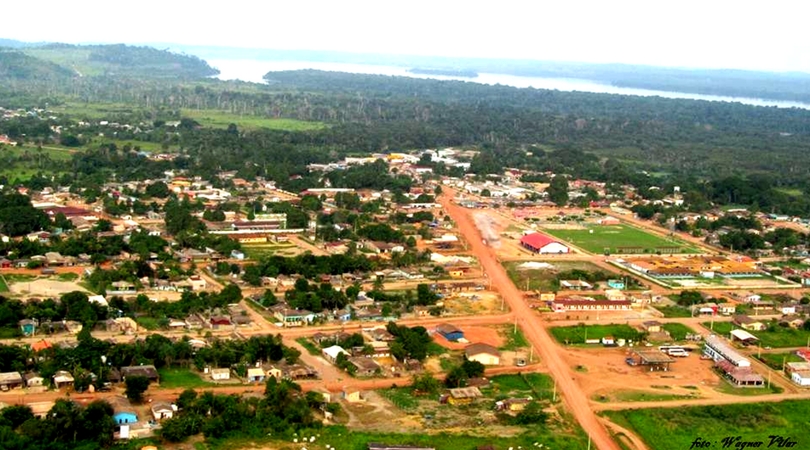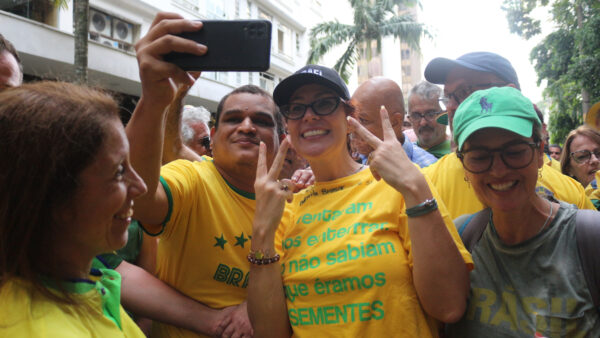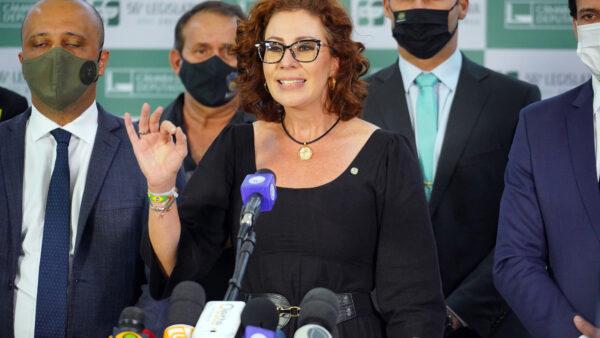At the end of last year, the Brazilian Institute of Geography and Statistics (IBGE) released the latest population estimates for Brazilian municipalities. Populations for one in every four cities have shrunk – a phenomenon that is more noticeable among municipalities of 20,000 or fewer inhabitants. Only 258 cities, out of 5,570, registered growth of at least two percent. Most barely grew.
While the census comes out every 10 years, these estimates are annual. They have been carried out since 1992, taking into consideration other data surveyed by IBGE itself.
Municipal population estimates are calculated from state population projections – which analyze fertility and mortality rates, as well as migration (which was combined with population growth trends observed in the census of 2000 and 2010). For 2017, it shows that Brazil’s fertility rate is 1.67 child per woman, the gross mortality rate is 6.15 deaths per 1,000 people and our net migration flow (that is, people coming into the country minus those leaving the country) was +8,304 people.
Why is this estimate important? Because it is the data used by the government to allocate chunks of the State and Municipal Fund (money that the federal administration transfers to states and cities). That’s why, every year, some cities file lawsuits to obtain “better” numbers.
The curious case of Jacareacanga
No city, however, has had a wider discrepancy between...


 Search
Search






































